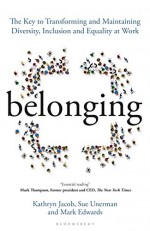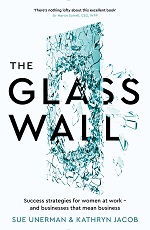Two 90 inch smart HDTVs in your living room.
Imagine – instead of having to choose whether to watch Manchester United’s game or Manchester City’s game on the last day of last season you could have watched both simultaneously on a proper TV.
Or what if a match clashes with some golf or tennis. Nothing to worry about there either. Or even (just imagine) the wife wants to watch Downton but you can still watch the golf at the same time (perhaps with the sound down but we all have to compromise in a marriage).
I must admit that I don’t actually know anyone yet with two massive TVs in one room, or indeed two TVs of any size, but according to the latest Deloitte TMT (Technology, Media and Telecoms) Predictions out now this is a coming trend.
Of course they identify that second screening is already important, where you have a second screen of a different kind or size. In my house we’re constantly and instantly adding to the grocery online order at the suggestion of a persuasive TV advert. In 2013 Deloitte recognises that “most dual video screening will be based on a combination of traditional TV set and a connected device” (ie laptop, smartphone and tablet). But they further predict that up to ten per cent of households will be using multiple screens including a second TV set for major sporting events for which a multiple stream is available (ie a second camera view following a favourite player for example). By 2020 up to ten percent of households will have a second large TV set in their living room.
This of course creates added opportunities in high disposable income households for interaction with advertising and content. It also adds to the data analysis challenges that already exist.
Also included in the report to my delight is the headline that “mobile advertising” is dead. Of course to be immediately replaced by growth in Tablet (Phablet) and Smart Phone advertising. It is very clear that it does not help to bunch the two things under one label, as the roles of Tablets and Smart Phones are of course very different, both in the home and outside.
More information from Deloitte is available here.





What is your natural search ranking ? It matters more than you might think.
Thursday, January 24th, 2013Your natural search ranking may be poised to replace advertising awareness and consideration tracking as a key indicator of how a communications strategy has truly influenced the minds of the target audience and therefore the most reliable indicator (alongside sales of course) of the success of a campaign.
Google search is striving to become more intelligent. We have grown accustomed these days to the speed of search (many people won’t remember or have experienced the necessity of going to a library in order to look things up).
Google of course never rests. We know that now. Developments that you may have noticed recently include localisation and the knowledge graph.
Amit Singhal, head of search at Google, explained in this interview that Google search developments are trying to represent the instinctive way in which the human brain works. He acknowledged that computers can’t exactly mimic the human brain but that the intention was that “the system will feel closer to our human understanding of the world.”
Now prominence in search rankings is obviously key to online advertisers. How many times have you bothered to go to the second page of search? The higher your natural or organic search position is the less you need to invest in paid for search of course. Massive as paid for search is in the UK, according to a Group M study, in fact more than 90% of all traffic sent to websites by Google (who have nearly 90% of all search in the UK) is Search Engine Optimisation Traffic.
So the first point to make is that any advertiser who needs online web traffic must have an integrated SEO plan to go along with their paid for search activity.
But Google’s continuing evolution of search results gives us an additional and exciting challenge.
Primarily all brands compete not only for a share of our disposable income, they compete for a share of our brains. Brand guru Byron Sharp put it like this “Brands compete for custom primarily in terms of mental and physical availability.”
We usually measure mental availability with awareness and consideration tracking of some kind. This serves the advertising industry well, and Warc and the IPA are chock full of case studies that prove that if awareness goes up so eventually will sales. The research industry is a restless one too. Recently some have been questioning the techniques used in awareness tracking and making claims for the superiority of other measures for instance neuroscience with MRI scans to observe the brain, facial expression analysis, or indeed # trends and Facebook likes.
There is one more strikingly simple way to understand mental availability. How well does the brand do in terms of SEO? If search is continually improving to become more instinctive and brain like, then a good natural search ranking is a great proxy for mental availability and could be the most key kpi for communications even for brands that don’t sell or interact online.
As search becomes more and more intelligent there is every reason to place SEO at the heart of every communication strategy. The algorithm that rules the web, might well rule the world.
Posted in MediaComment | No Comments »